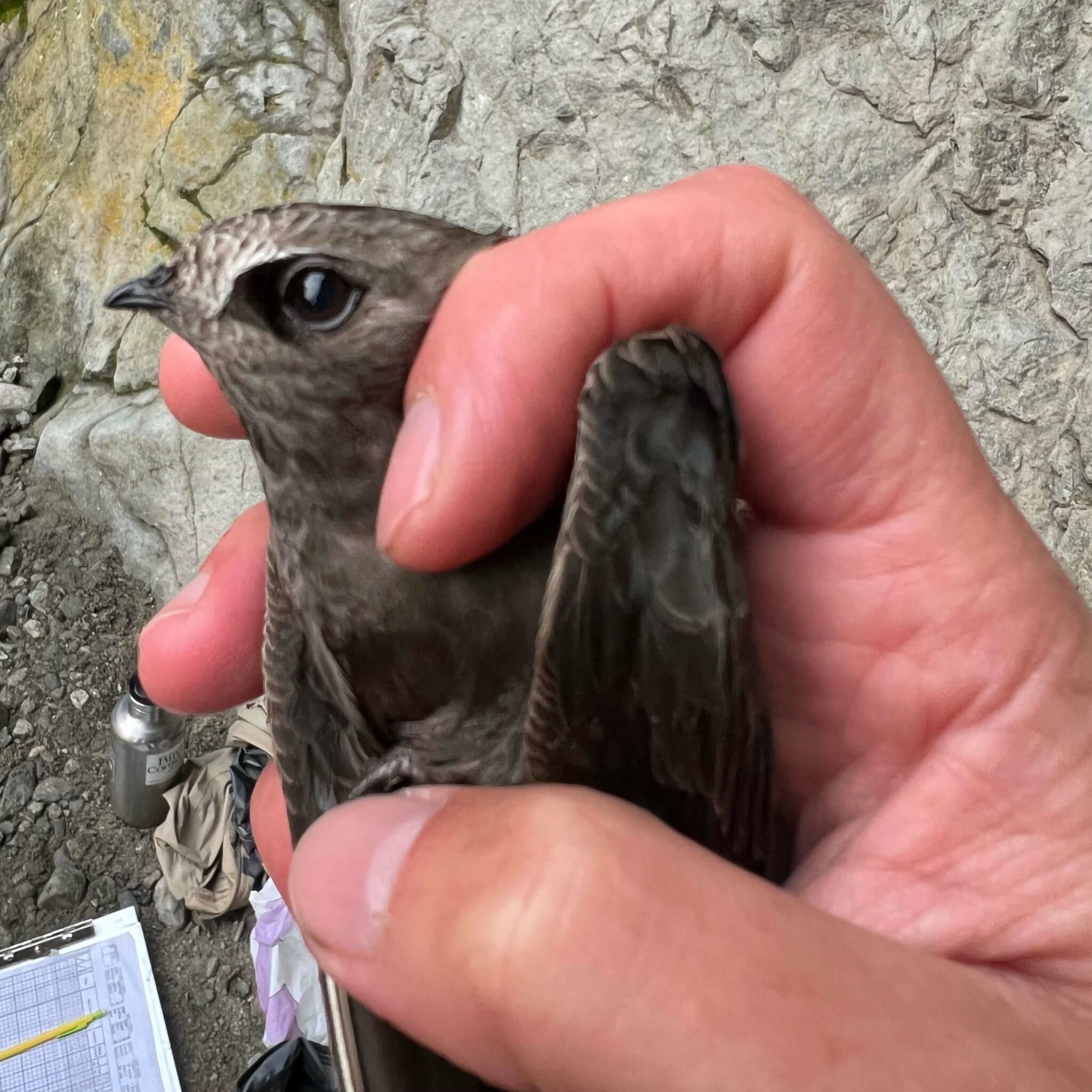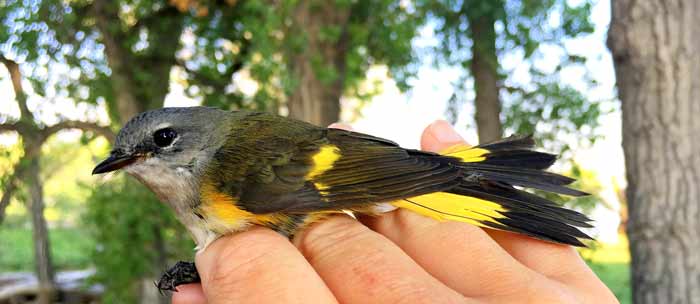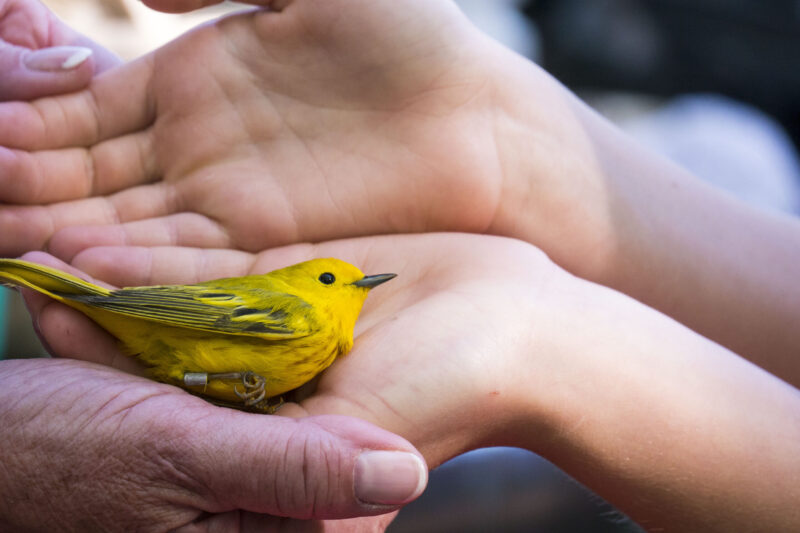
The Black Swift is an aerial insectivore that has evolved an almost exclusive lifestyle on the wing. This species is of continental concern, but little is known about its movement ecology. We recently discovered a new behavior, an amazing adaptation to moon light and gained insight into their foraging patterns during the breeding season.
Tune into this webinar to learn what the Black Swift research team has learned from the Black Swift Movement Ecology project. This webinar is presented by Rob Sparks the Black Swift Research team lead at Bird Conservancy of the Rockies.
The program fee is $3 to attend this webinar.
In order to provide equitable access to all, complimentary tickets are available at no cost to the participant thanks to support from generous donors.
Follow this LINK to register!
After registering you will receive a confirmation email containing the ZOOM link to be used the day of the webinar.




